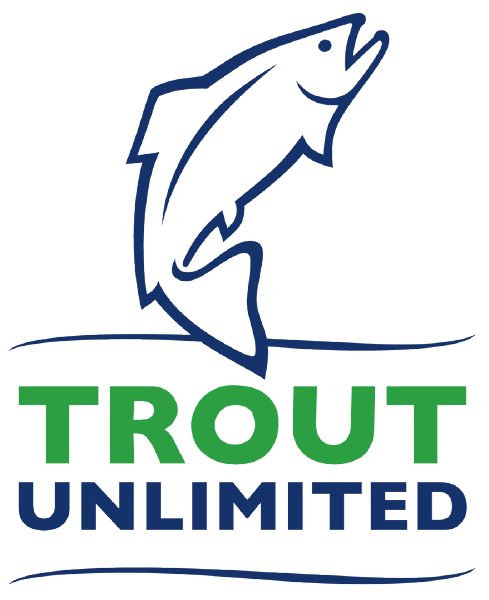Fishing Alaska's Inside Passage
Sportsman's News
May 2005
Walking along the banks of one of the many freshwater lakes and streams close to Alaska's Boardwalk Lodge, you
watch as a bald eagle floats almost effortlessly against a backdrop of deep blue sky. Our guide walks the other side
of the stream and spots yet another great fishing hole. Out of the corner of your eye, you catch a glimpse of a fish
breaking the surface to catch a midge, and suddenly, you get a sense that you are here not as an intruder but as an
honored guest. For a moment you feel a little guilty thinking of those who would appreciate this experience, but
only for a moment.As you step into the water, you feel the coolness through your waders. You begin casting, focusing
at first on technique, but then quickly become accustomed to the action of the rod and movement of line through the
air. You find your spot in the stream and feed just the right length of line Fishing Alaska's Inside Passage to drop
your fly... right... there. Perfect... Fish on.The line is peeling off the reel so fast you just know the spool will
overheat and fail. The second the fish hit, you knew that if it didn't break off, this freight train was going to be
a wall hanger.Four runs into the fight, this fish is still making acrobatics leaps in a frantic attempt to break the
line, or beat you into submission, whichever comes first. But this is your day and your time. Yes! This is fishing,
Alaska style!Fresh water angling at Alaska's Boardwalk Lodge is abundant offering 23 nearby lakes and streams. The
island's largest waterway, the Thorne River is just 15 minutes up the road from the lodge property on Thorne Bay.
Your experienced freshwater guide (one guide for every two guest) will lead you to the most productive fishing holes
on the islands.Native steelhead run up the local streams from April through early June. Hearty anglers will have a
chance at some of the world's largest steelhead, with fish ranging from 8-12 pounds and trophy class fish topping 18
pounds or more.Cutthroat trout and dolly varden are also abundant in the local streams and lakes. Seasonal salmon
runs begin in July. Chum and pink salmon start their runs in mid-July and continue through mid August. Silver salmon
begin their run in August and are fishable through September.Alaska's Boardwalk Lodge supplies you with a wide range
of equipment to fit conditions and meet your needs to make sure your time on the water is a wonderful experience.
The Lodge supplies premium fly rods and reels, waders and boots.Alaska's Boardwalk Lodge is a privately owned
all-inclusive Resort located on Prince of Wales Island on Alaska's famous "Inside Passage," conveniently located 90
minutes from Seattle via Alaska Airlines to Ketchikan; then a short 33 minute scenic floatplane ride straight to the
Lodge dock. Boardwalk Lodge is not only a sportsman's paradise but offers a wonderful variety of Southeast Alaska
Adventures.Here you will be pampered by our professional staff as you relax in exclusive accommodations, dine on
gourmet cuisine prepared by award winning chefs, encounter breathtaking oceanfront views that exhibit Southeast
Alaska's majesty. With Southeast Alaska experiences, and world-class fresh and saltwater fishing, Alaska's Boardwalk
Lodge is not only an outdoorsman's dream, but also definitely a uniquely relaxing getaway for all.Alaska's Boardwalk
Lodge is also home to trophy-class saltwater fishing in the deep fjords and emerald-green waters of Southeast
Alaska's famous Inland Passage. Because of this we enjoy the comforts of fishing in relatively calm waters.Our 27-ft
ocean cruisers are specially designed for your comfort and safety; each is equipped with a heated cabin and flushing
toilets. In addition to being highly knowledgeable about local fishing areas and techniques, boat captains are US
Coast Guard licensed and certified. In addition, Boardwalk provides you with saltwater fishing rods, tackle and
bait. Our staff cleans fillets or steaks, vacuum packs, freezes and boxes your saltwater fish for you to take
home.We fish for five species of salmon plus halibut, lingcod and rockfish.Chinook salmon commonly called kings are
Alaska's state fish and the largest and scarcest of Pacific salmon. They are especially known for their power and
endurance. Perhaps the most favored sport fishing method for Kings is trolling with rigged herring, though spoons
and flashers are also attractive. The largest King weighed in at 126 pounds, though Kings usually range from 25-50
pounds. They are most prevalent in these waters mid June through July.Pink salmon are the smallest and most abundant
salmon in area waters. Pink's have a two-year cycle and average 3-5 pounds. Chum salmon, also called dog salmon, and
are famous for their strength.Chums are available mid-July through August, averaging 15 pounds.Sockeye salmon also
called red salmon are an elusive catch in the area waters. While regarded for their fighting skills, saltwater
sockeye sport fishing is limited.Silver salmon or coho salmon are hard fighters and can provide intense action. Coho
average 12-15 pounds, but can be found weighting up to 20 pounds. These salmon are most plentiful from late July
through September.Halibut are by far the most plentiful bottom fish inhabiting our water. The Pacific halibut is a
toothy flatfish that is normally caught on or near the ocean floor. As with the majority of bottom fish, drifting or
anchoring with bait are among the most preferred means of catching the monsters. Halibut can live more than 20
years, and the average catch weighs in around 60 pounds. The largest Halibut ever caught, tipped the scales at 495
pounds. Local Halibut, over 300 pounds, have been caught and good opportunities for hauling in huge Halibut exist
all summer.Lingcod like halibut and rockfish are usually found on or near the bottom, most often over rocky reefs
where there are areas of strong currents. These fish are extremely aggressive predators, often growing to over 50
pounds and four feet in length.Rockfish is a term used to describe over 10 species of light-fleshed bottom fish,
including Yellow-Eye (red snapper) and black sea bass. Rockfish are long-lived and, depending on species weight 1 to
10 pounds and reach ages of 30-100 years.
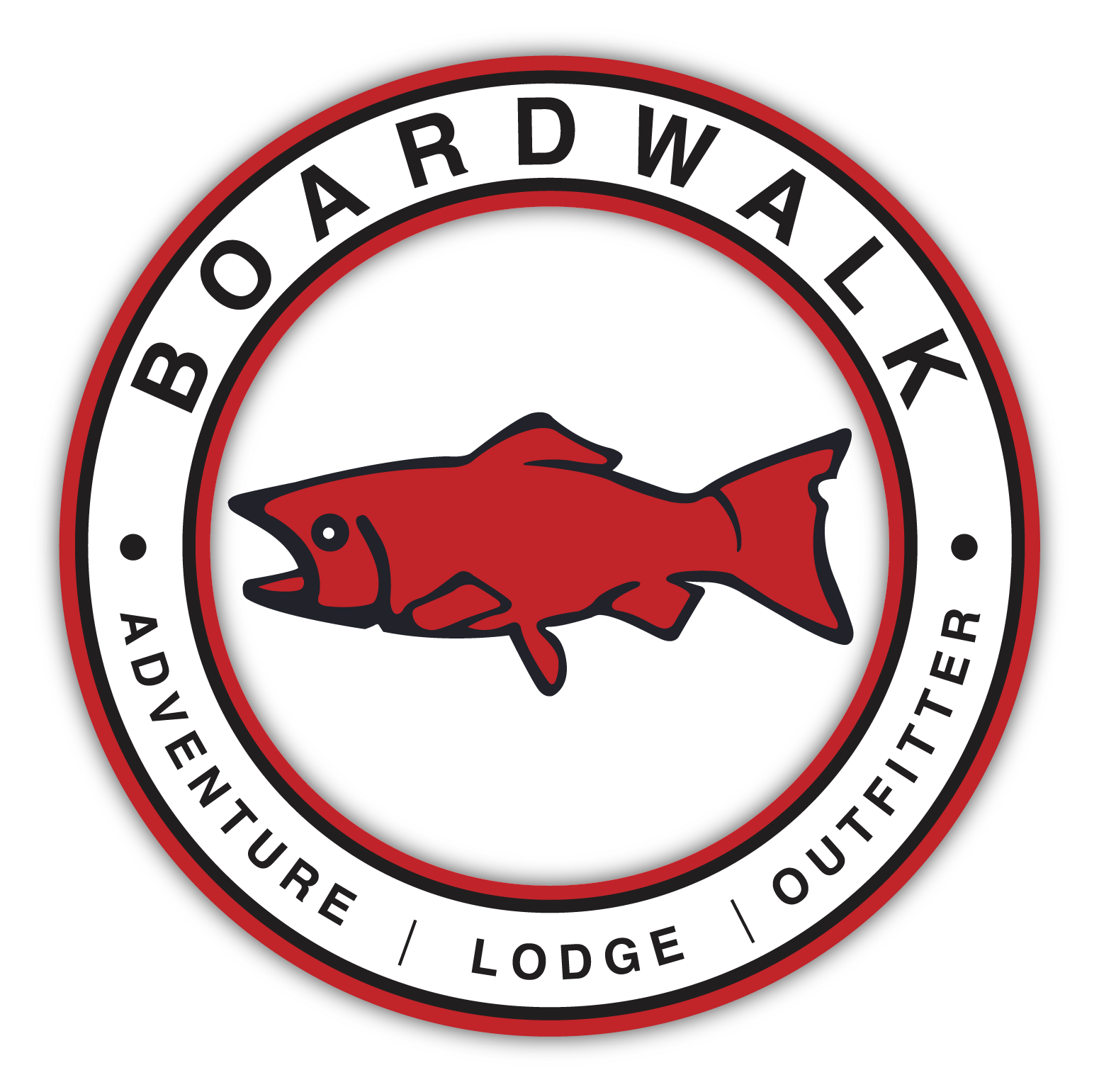
Support
Best Alaska Fishing
Boardwalk Lodge Supports
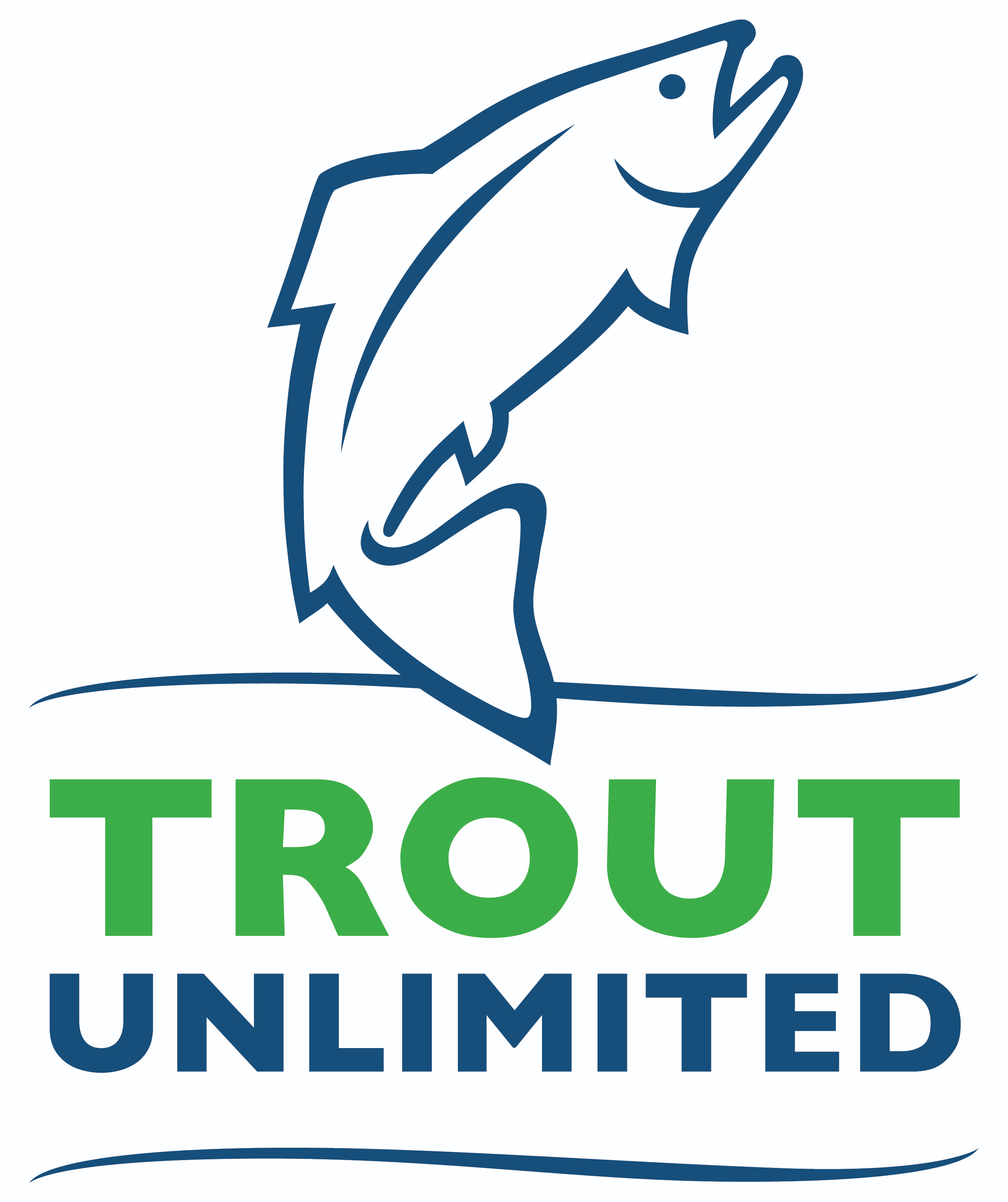



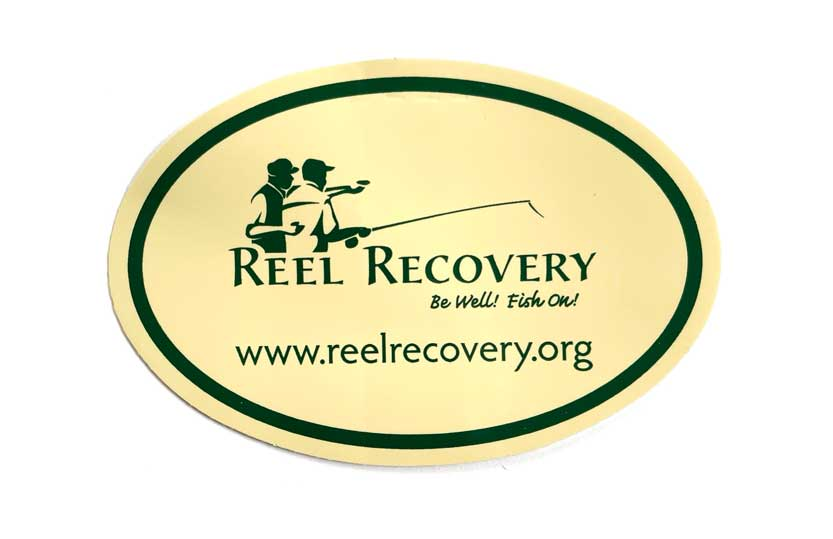


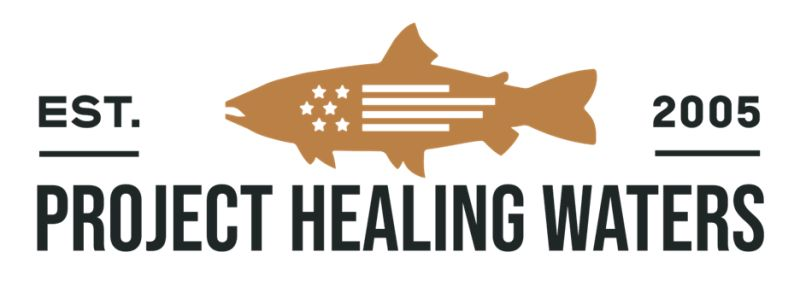

Our Partners


